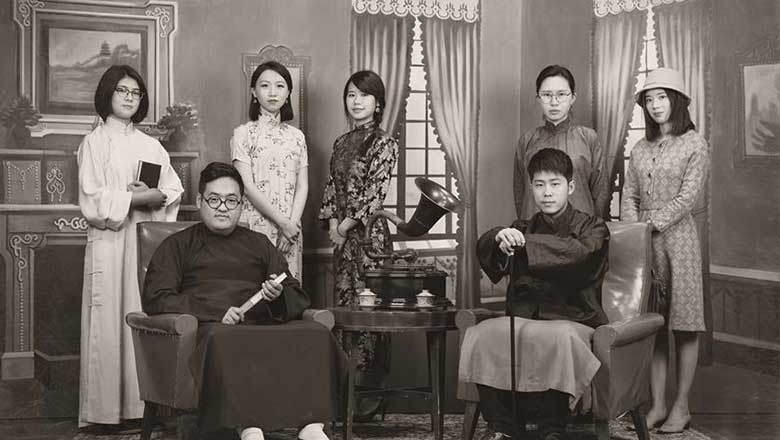White-collar competition fiercer this quarter, especially in second-tier cities
Updated: 2016-01-12 17:25
By SU ZHOU(chinadaily.com.cn)
|
||||||||
Finding a satisfying white-collar job is getting more and more challenging this winter. The latest report showed that competition for white-collar jobs has become fiercer in the fourth quarter, with nearly 37 job seekers contending for the same position on average.
This is a jump from 26, 29 and 35 in the first three quarters in 2015. And competition among job hunters in second-tier cities is even fiercer than in first-tier cities.
Zhaopin, a Chinese human resources website, released the quarterly report for white-collar workers on Tuesday. It contributed to the grim overall outlook for the job market and the economic situation in general.
"Firstly, demand for talent was shrinking with the slowdown of China's economic growth. Many industries began to lay off employees who were forced to go back on the job market," said the report. "Besides, the Internet industry, which used to be a big source of positions, is also cutting its demand for talents due to some setbacks which happened in the second half of 2015."
"At the same time, more employees were considering changing jobs, leading to more competition among job hunters."
Continuing the trend of the previous quarters, competition in the job market in second-tier cities, especially those in Northeast China, is even fiercer than in first-tier cites.
In Zhaopin's competition index for major cities, Chengdu of Sichuan province ranked first. Shenyang, Dalian, Changchun and Harbin, all from Northeast Chinese provinces, ranked second, sixth, eighteen and tenth.
Once China's industrial base, the northeast provinces in China experienced an even faster economic slowdown than the rest of the country. Liaoning's GDP expanded only 2.6 percent during the first half of the year as the nation is striving to achieve the around 7-percent growth target this year.
"The northeast Chinese provinces are facing more difficulties during the structural reform. Many industries could not create jobs," said the report.
"At the same time, more second-tier cities including Chengdu, Tianjin and Suzhou are becoming more attractive as living and working environments. However, compared with the first-tier cities, job opportunities are not as sufficient as they thought. So competition in second-tier cities is even fiercer than first-tier cities."
- PhDs, overseas returnees lose their luster in changing job market
- Campus vocational center brings job market to students in advance
- Job market faces fierce competition in Q3, report says
- 'Generation tech' looks to startups to boost employment options
- China launches employment institutions for disabled
- China eyes entrepreneurship, innovation for stable employment
- New policies encourage entrepreneurship, boost employment
- Spain's Princess Cristina stands trial on tax fraud charges
- Rupert Murdoch, Jerry Hall announce engagement
- Obama to deliver final State of the Union speech
- Annual Coming of Age Day ceremony held in Tokyo
- Drug lord closer to US trial as Mexico starts extradition process
- UN chief slams deadly attack on MSF-supported hospital in Yemen

 Photo studio takes people back in time
Photo studio takes people back in time
 Celebrities born in the Year of Monkey
Celebrities born in the Year of Monkey
 Remembering legendary British artist David Bowie
Remembering legendary British artist David Bowie
 Messi wins unprecedented fifth Ballon d'Or
Messi wins unprecedented fifth Ballon d'Or
 'The Revenant' and 'The Martian' big Golden Globe winners
'The Revenant' and 'The Martian' big Golden Globe winners
 The world in photos: Jan 4 - 10
The world in photos: Jan 4 - 10
 Creative designs create splash in Shanghai art center
Creative designs create splash in Shanghai art center
 Amazing ice wonderland in Beijing
Amazing ice wonderland in Beijing
Most Viewed
Editor's Picks

|

|

|

|

|

|
Today's Top News
Obama to deliver final State of the Union speech
Shooting rampage at US social services agency leaves 14 dead
Chinese bargain hunters are changing the retail game
Chinese president arrives in Turkey for G20 summit
Islamic State claims responsibility for Paris attacks
Obama, Netanyahu at White House seek to mend US-Israel ties
China, not Canada, is top US trade partner
Tu first Chinese to win Nobel Prize in Medicine
US Weekly

|

|








